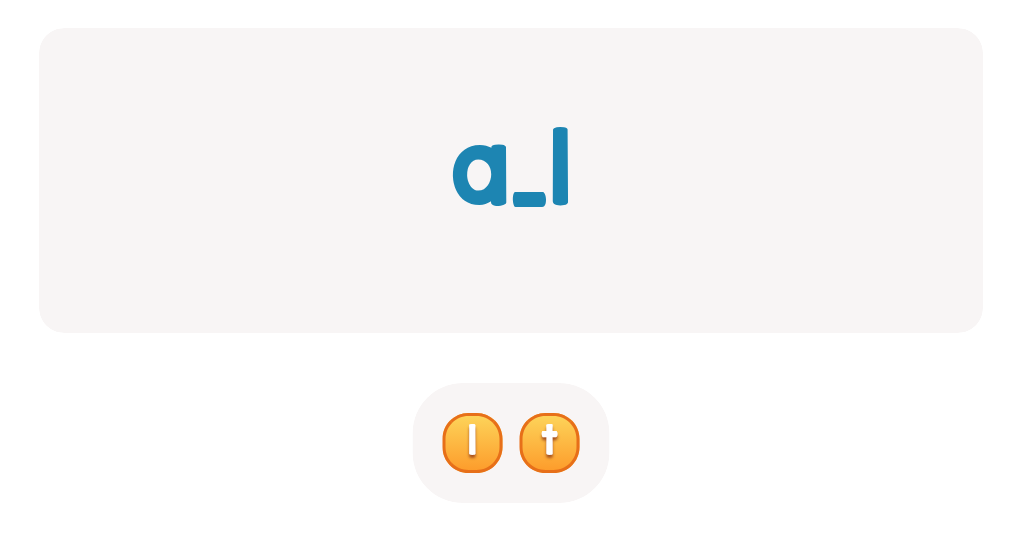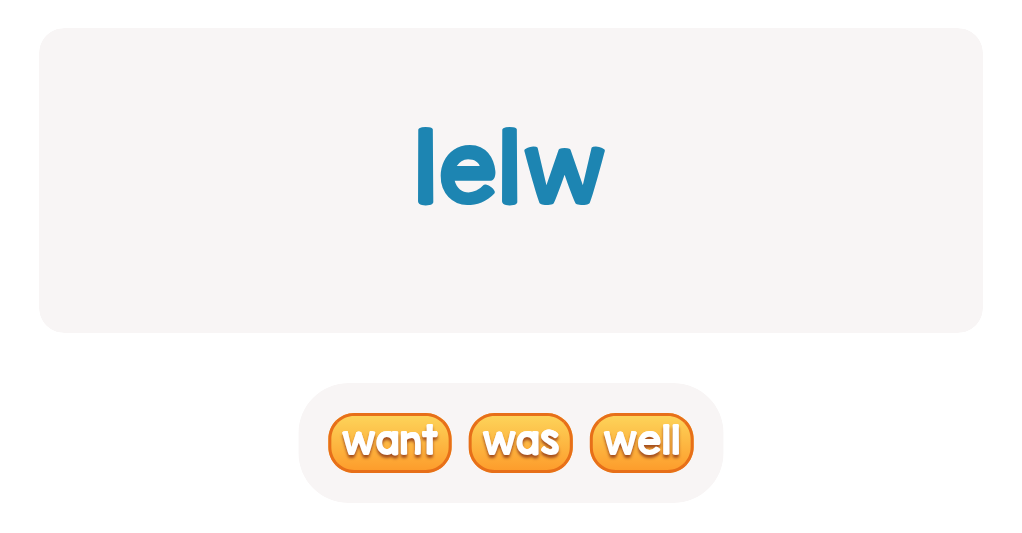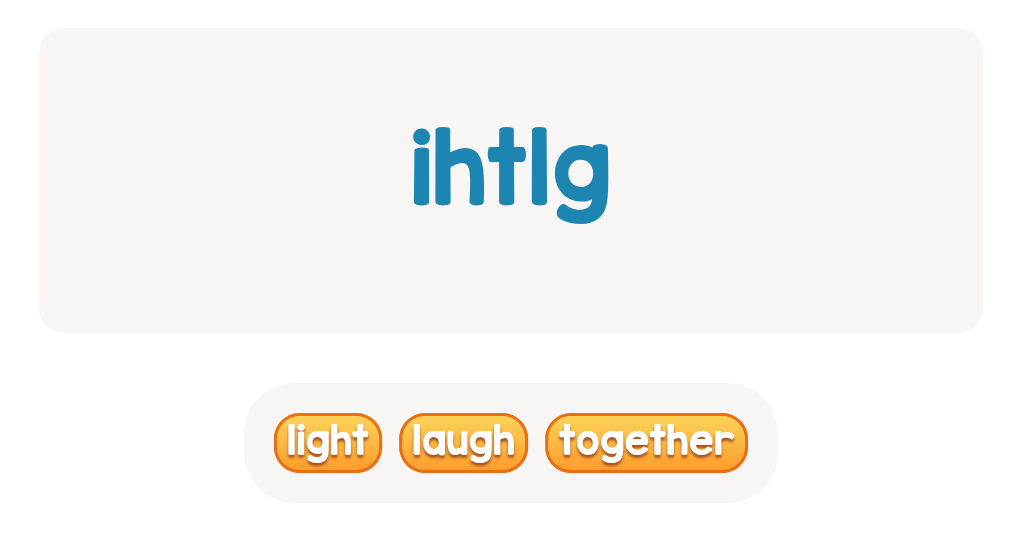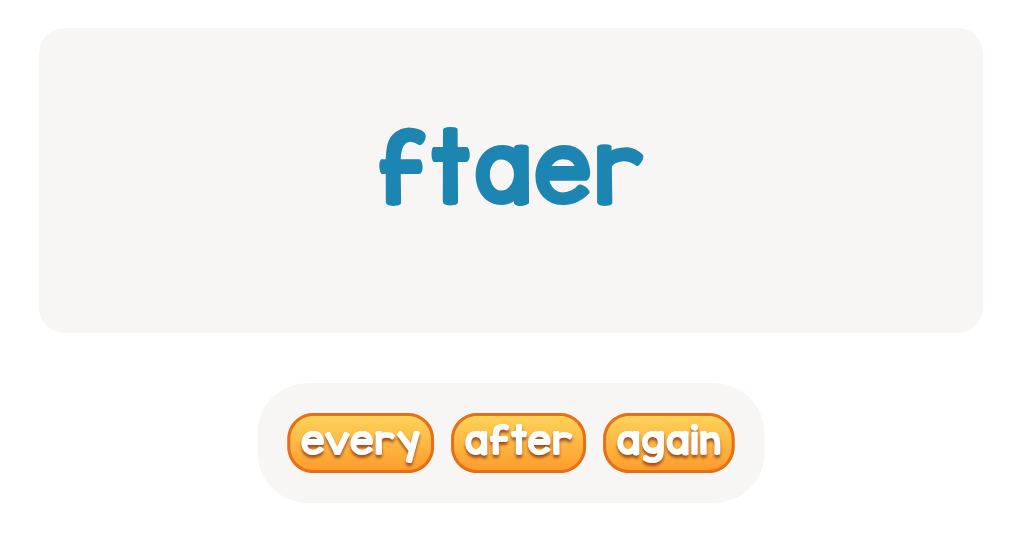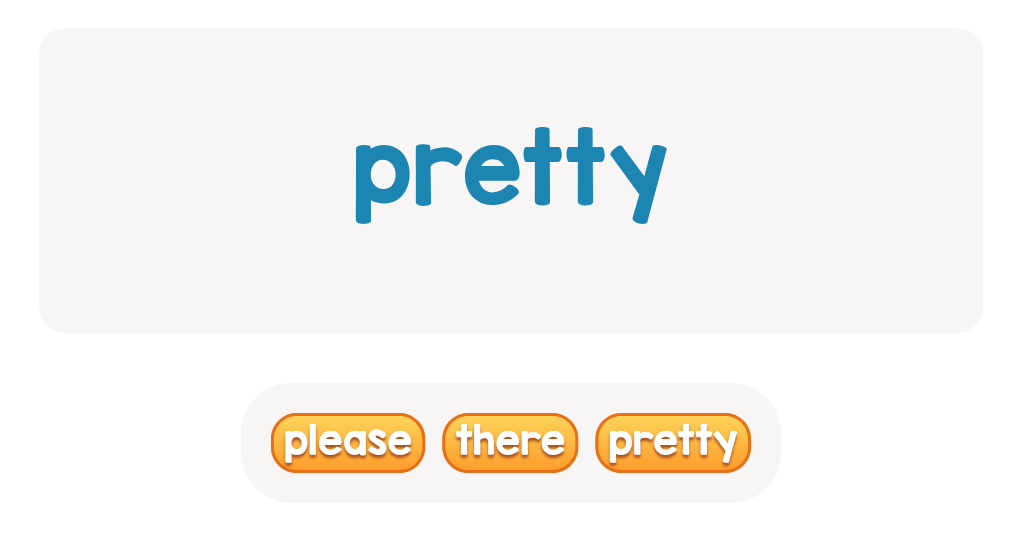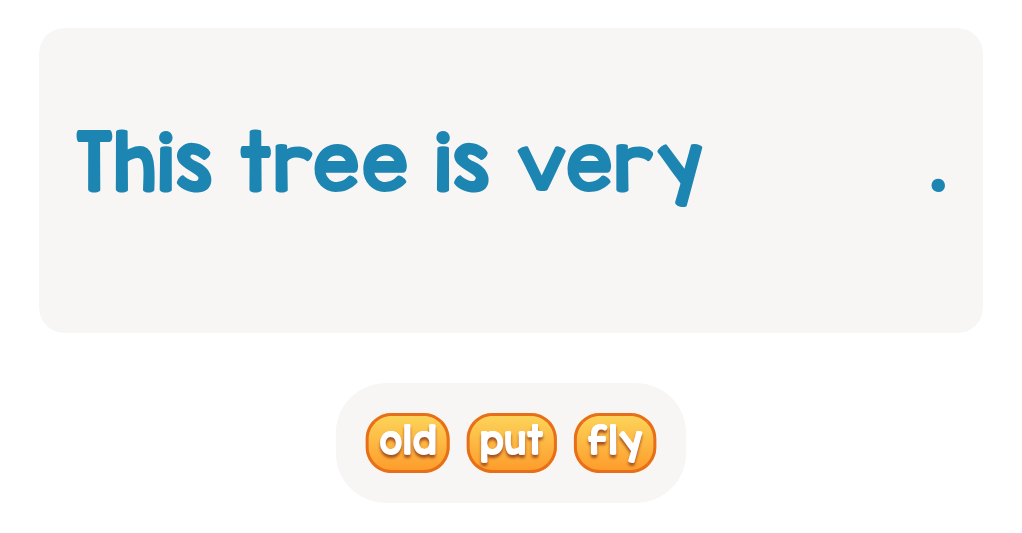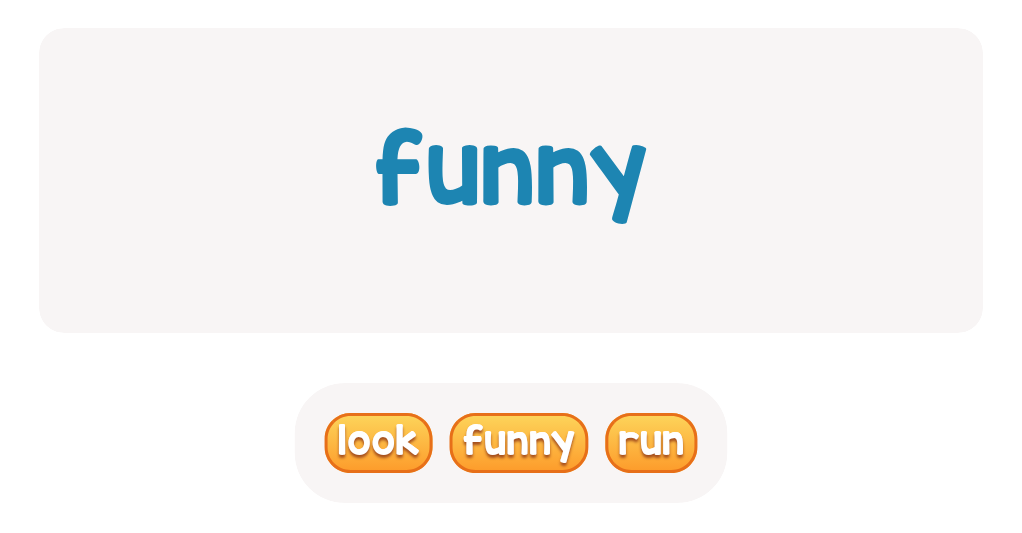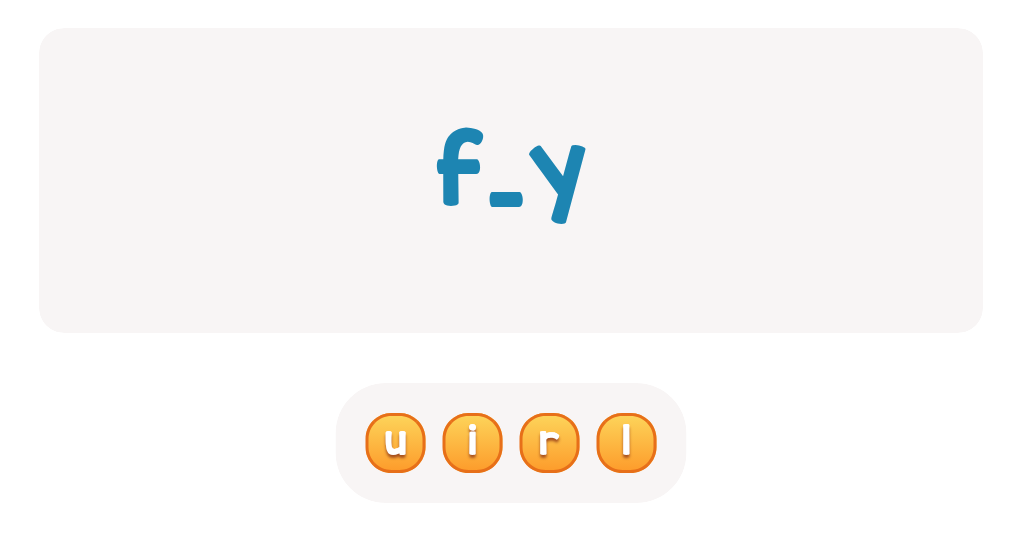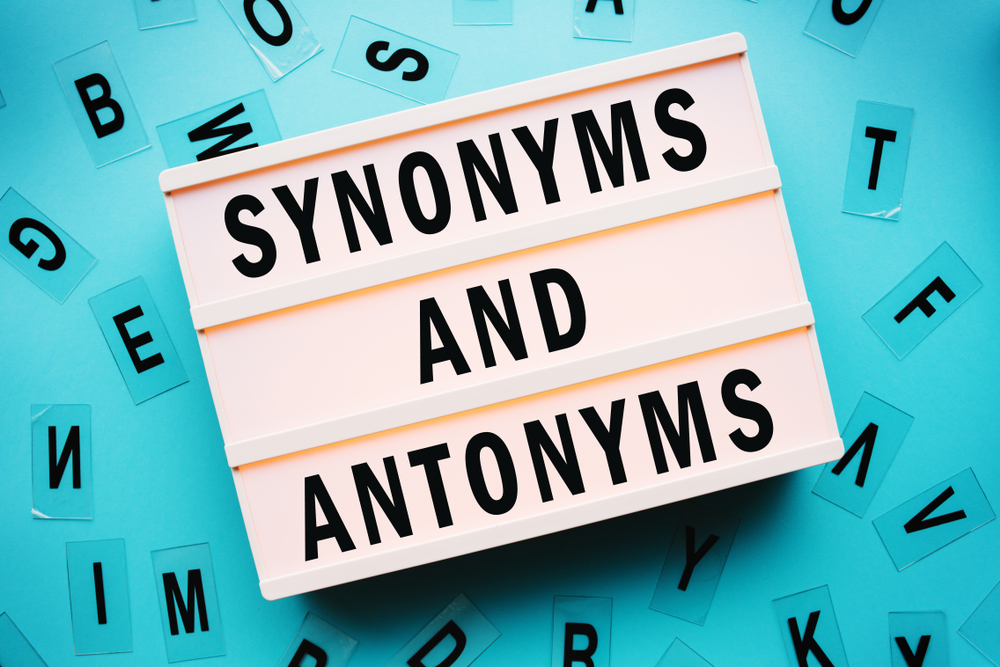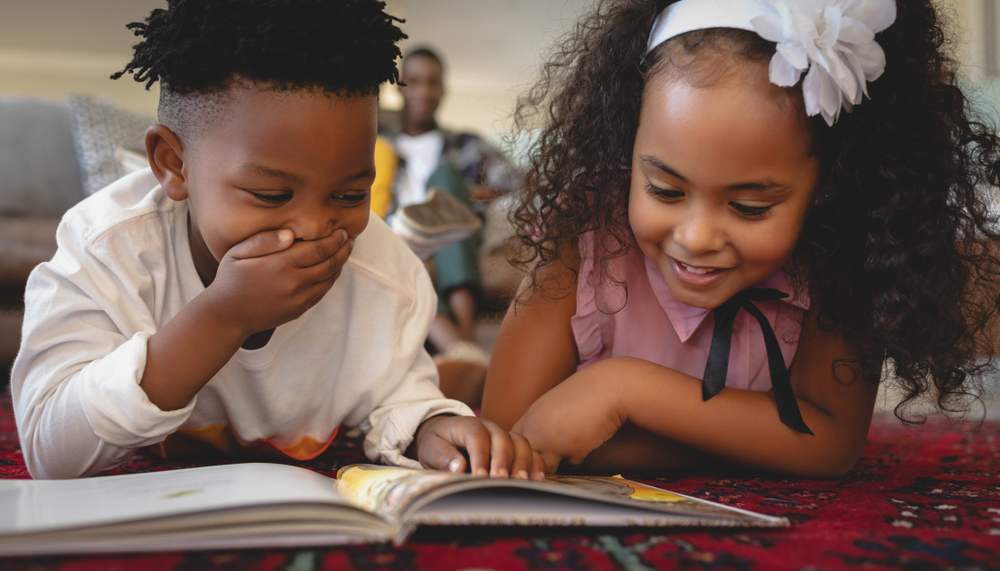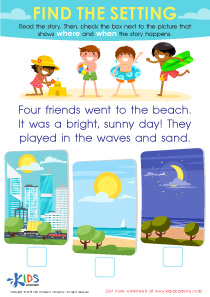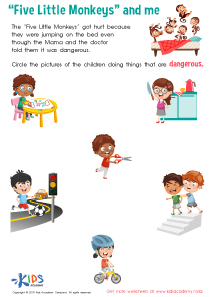Color recognition Easy Building Vocabulary Worksheets for Ages 4-7
6 filtered results
-
From - To
Discover our vibrant "Color Recognition Easy Building Vocabulary Worksheets" designed for children aged 4-7! These interactive resources help young learners develop essential color recognition skills while enhancing their vocabulary. Each worksheet features engaging and fun activities that encourage creativity and foster a love for learning. Kids will explore a spectrum of colors through exciting tasks that promote problem-solving and critical thinking. These user-friendly printables are perfect for parents, teachers, and homeschoolers looking to enrich their preschool or early elementary curriculum. Support your child's language development and make learning enjoyable with our color recognition worksheets today!


Red and Blue Coloring Fun Worksheet
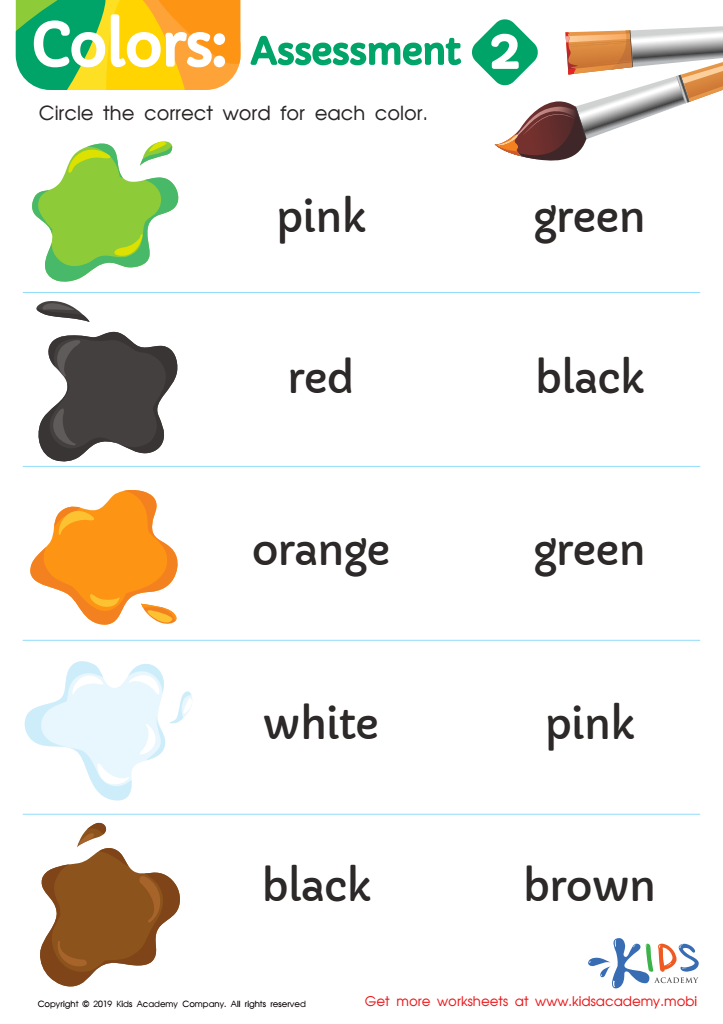

Colors: Assessment 2 Worksheet


Colors: Assessment 1 Worksheet
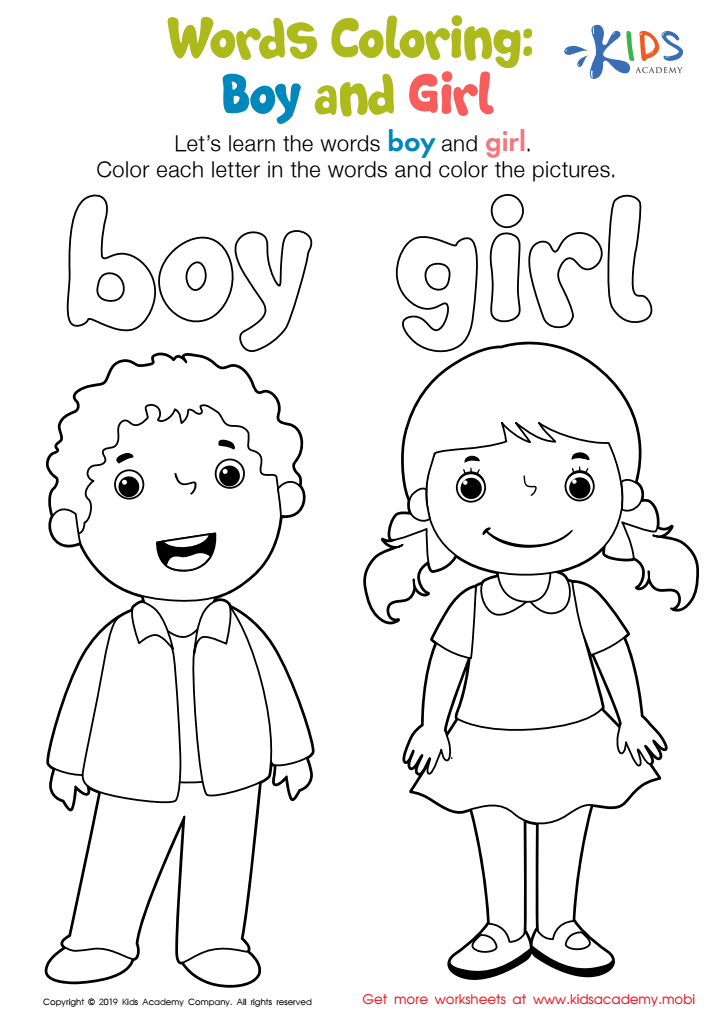

Boy and Girl Words Coloring Worksheet


Tired and Worried Words Coloring Worksheet
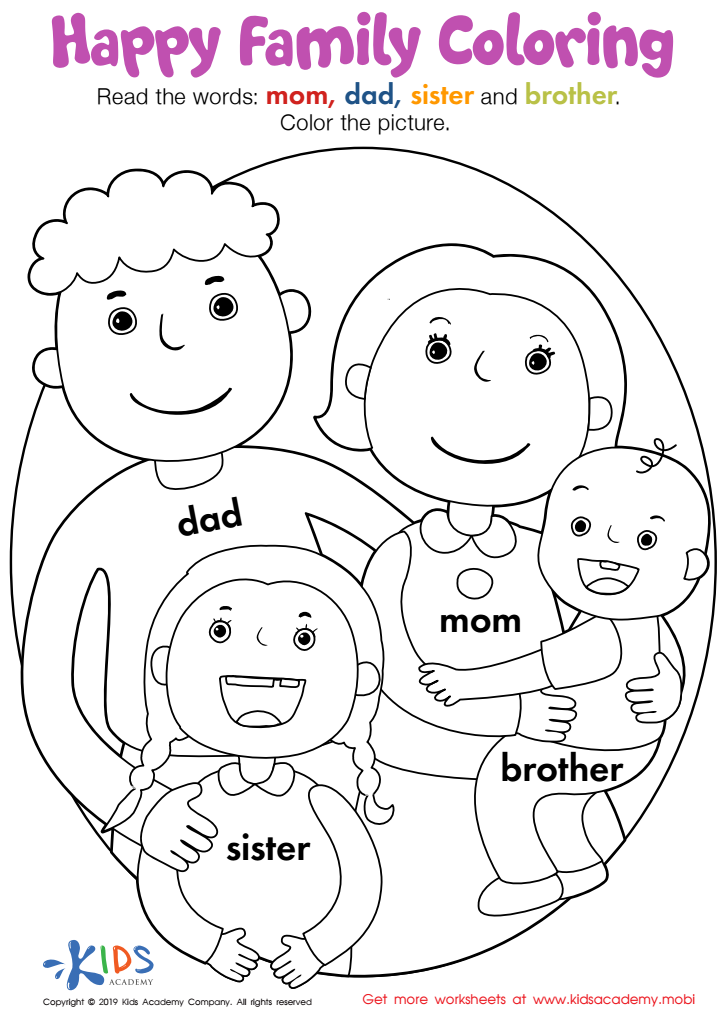

Happy Family Coloring Worksheet
Color recognition is a foundational skill for children aged 4-7 that plays a crucial role in their cognitive and linguistic development. Teaching children to identify and distinguish colors enhances their visual perception and lays the groundwork for more complex concepts, such as sorting, categorizing, and even math skills.
Furthermore, color recognition is closely linked to vocabulary building. As children learn the names of different colors, they expand their language skills, improving communication and descriptive abilities. This is essential for social interactions and storytelling. Additionally, engaging children in activities that involve color can spark creativity and imagination, encouraging them to express themselves.
Parents and teachers should prioritize color recognition because it aids in other areas of learning. For instance, when children learn colors through play and exploration, they often engage in discussions that promote vocabulary enhancements. By incorporating color recognition into everyday activities, such as art projects or scavenger hunts, caregivers can create enjoyable learning experiences that foster a love for learning.
In summary, focusing on color recognition provides essential cognitive, linguistic, and social benefits that prepare children for future educational success, making it a critical aspect of early childhood learning.
 Assign to My Students
Assign to My Students
